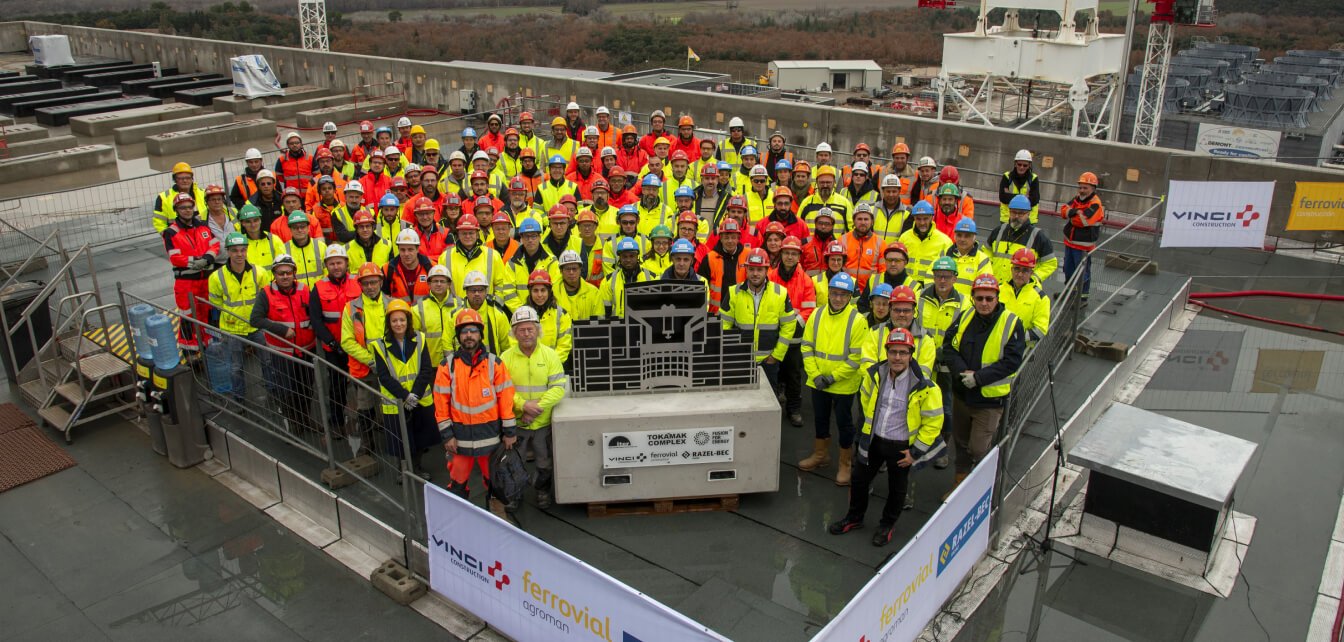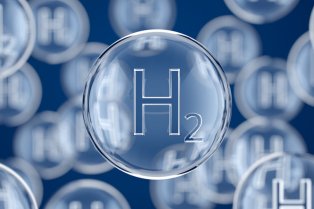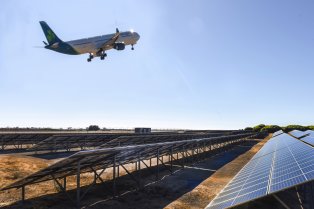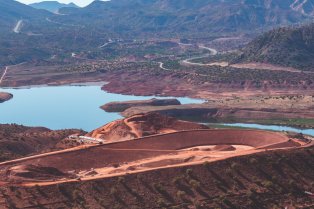ITER: harnessing our expertise in a cutting-edge nuclear project
To explore the possibility of mastering fusion power, thousands of scientists and engineers from all around the world have come together to build the ITER (International Thermonuclear Experimental Reactor) in Cadarache, in the south of France. It is an extraordinary project, both in terms of its size and complexity, mobilising the full range of our expertise between 2010 and 2021.
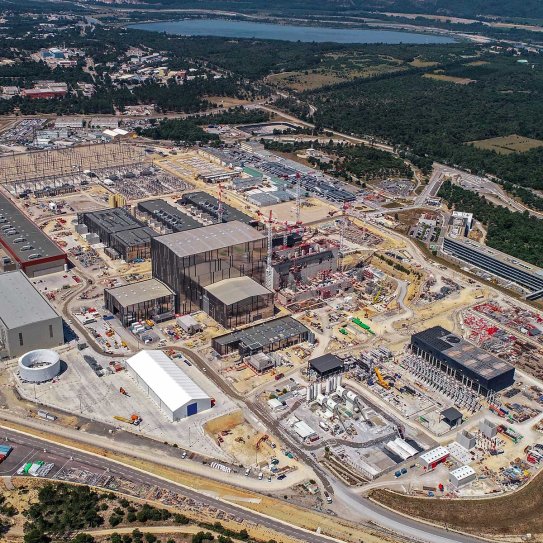
Opening the door to an infinite and environmentally friendly source of energy
Iter means “the way” in Latin, which is appropriate as the ITER programme seeks to show the way with respect to the scientific and technical feasibility of using fusion, the same principle that powers our sun and stars, as a source of energy to generate electricity. The scientific community have great hopes regarding the possibility of reproducing this infinite source of energy on earth.
Since the idea of international collaboration in fusion power first emerged in 1985, the members of ITER (China, the European Union, India, Japan, South Korea, Russia and the United States) have been working together to build and operate an experimental reactor. The aim is to demonstrate that fusion between two hydrogen isotopes, deuterium and tritium, in a tokamak reactor can become a feasible source of energy to produce carbon-free electricity on a large scale. As such, ITER is designed to yield in its plasma a ten-fold return on power. Indeed, every 50 MW of electricity consumed will generate 500 MW of fusion power.
Building the largest tokamak reactor in the world
Beyond the great expectations the project arouses, it also stands out for its exceptional technical achievements. Located near Aix-en-Provence in the south of France, the main building houses the largest tokamak reactor in the world, with a cylinder 28 metres in diameter, 29 metres tall and weighing no less than 23,000 tonnes. Along with the two ancillary buildings that together form the larger complex, the structure stands at 120 metres long, 80 metres wide and 80 metres tall. One of the buildings houses the diagnostics and steering instruments, while the Tritium building will produce the plasma to power the reactor. Other buildings include the assembly building, a two-storey structure and various industrial facilities. The project also includes installing large (4 metres x 4 metres, weighing 40 tonnes) anti-radiation, highly pressure-resistant nuclear doors.
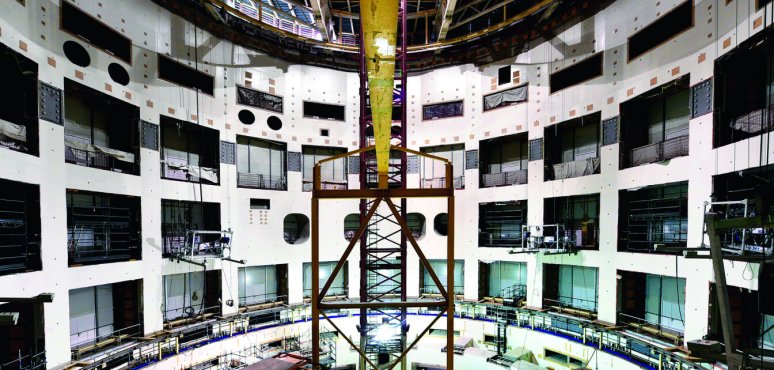
Extraordinary technical complexity
To complete the civil engineering work for the future ITER reactor, we mobilised the skills of around a dozen divisions in our Group to work on a range of areas, including the anti-seismic foundations, project management, the concrete and mechanical engineering for the immense doors and assembling the machinery, made using one million high-tech components developed all around the world. By taking a leading role in building the highly technical ITER complex, we have played a part in one of the most ambitious and promising research projects ever pursued. The experience has also brought many positives to the Cadarache region, creating 3,000 indirect jobs during the construction of the tokamak, and 3,250 indirect jobs over the 20 years of operation.
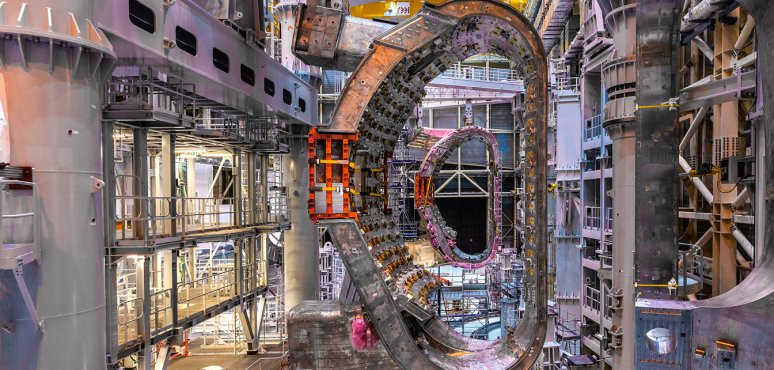
150,000
m3 of concrete used to build the complex
